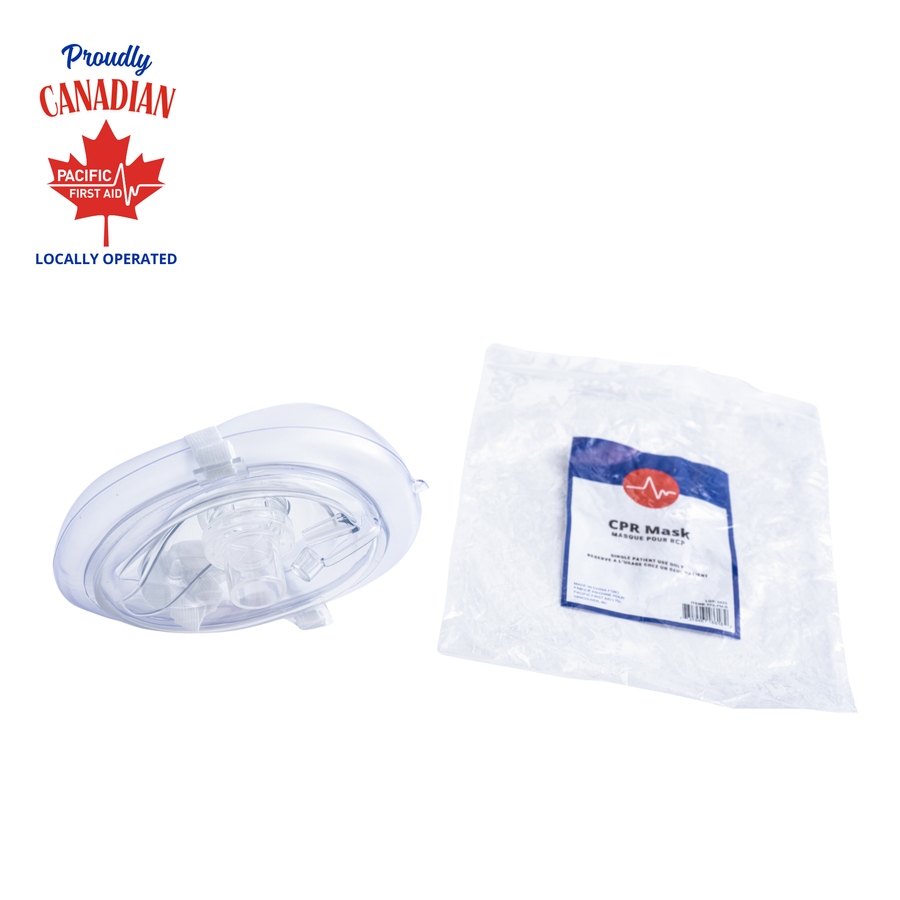
The Back-country Skiing Essentials
Photo Credit: Asoggetti
In recent years, ski touring has become more and more popular. The idea of escaping into nature without paying for a lift ticket and scoping out the untouched snow is a skier’s dream. If you’re looking to get into back-country skiing or split-boarding this season, then it is strongly recommended you take the AST 1 certification. This program was developed by Avalanche Canada and includes ski touring as well as the course content. The primary goal is to set you up with a foundation of avalanche knowledge, tools and the ability to make smart and fast decisions in the back-country. AST 1 is great for new skiers with no prior back-country experience. This article will outline the essentials needed for all current and future back-country skiers.
To start, it’s important to have a backpack that fits all your gear and is easily accessible when you need something. If you don’t already have one, you can find a first aid backpack at Pacific First Aid that’s specifically designed for snow sports. Having a pack that has the space to hold your shovel, avalanche rescue tools and has extra compartments for your gear is key. Skiing in the back-country is not like skiing at a resort; you can’t store your food, water and gear in a lodge. What you pack in, you must pack out.
Next up is having a sports first aid kit. When it comes to first aid products, you can customize and choose which tools work best for you. If you already have some items, you can pick ones that work for skiing and backcountry activities. Pacific First Aid carries first aid gear designed specifically for skiing and ski patrol. A few standard first supplies you should have on-hand include bandages, pain medicine, surgical scissors and disinfectant. You’ll also find complete first aid kits if you’re starting from scratch.
Not only do you need an outdoor first kid, but you should pack extra emergency essentials such as a good multi-tool with a knife, a headlamp, duct tape, fuel, lighter and extra ski straps. As you start becoming a more experienced back-country skier, you’ll have more knowledge and understanding of the kind of gear you want to bring. It can vary depending on ski conditions and who you’re skiing with. When you’re skiing with a group, it’s important you’re all on the same page as far as skill level, who’s packing what gear and how you’re going to communicate.
Above all, the best thing you can bring with you into the back-country is good judgment. With more experience, comes better judgment on how to assess situations. When there are signs of an avalanche, the AST 1 course will prepare you on how to handle it. Ideally, your first back-country trip will be with an instructor who can teach you the ins and outs of what is safe. If you’re going out with a group for your first time, stick to low-angle zones with friends who have more experience and make sure you have some first aid supplies ready.







